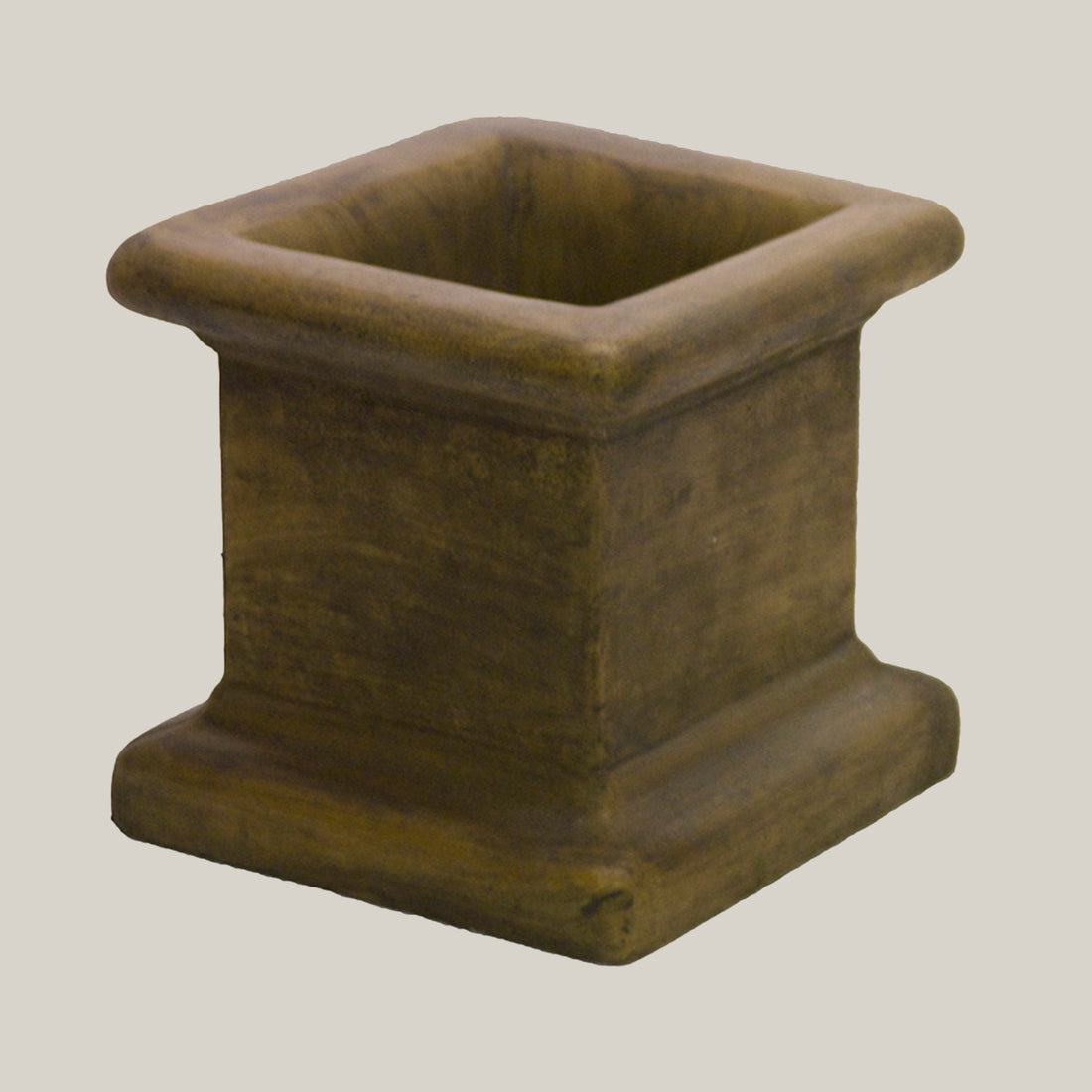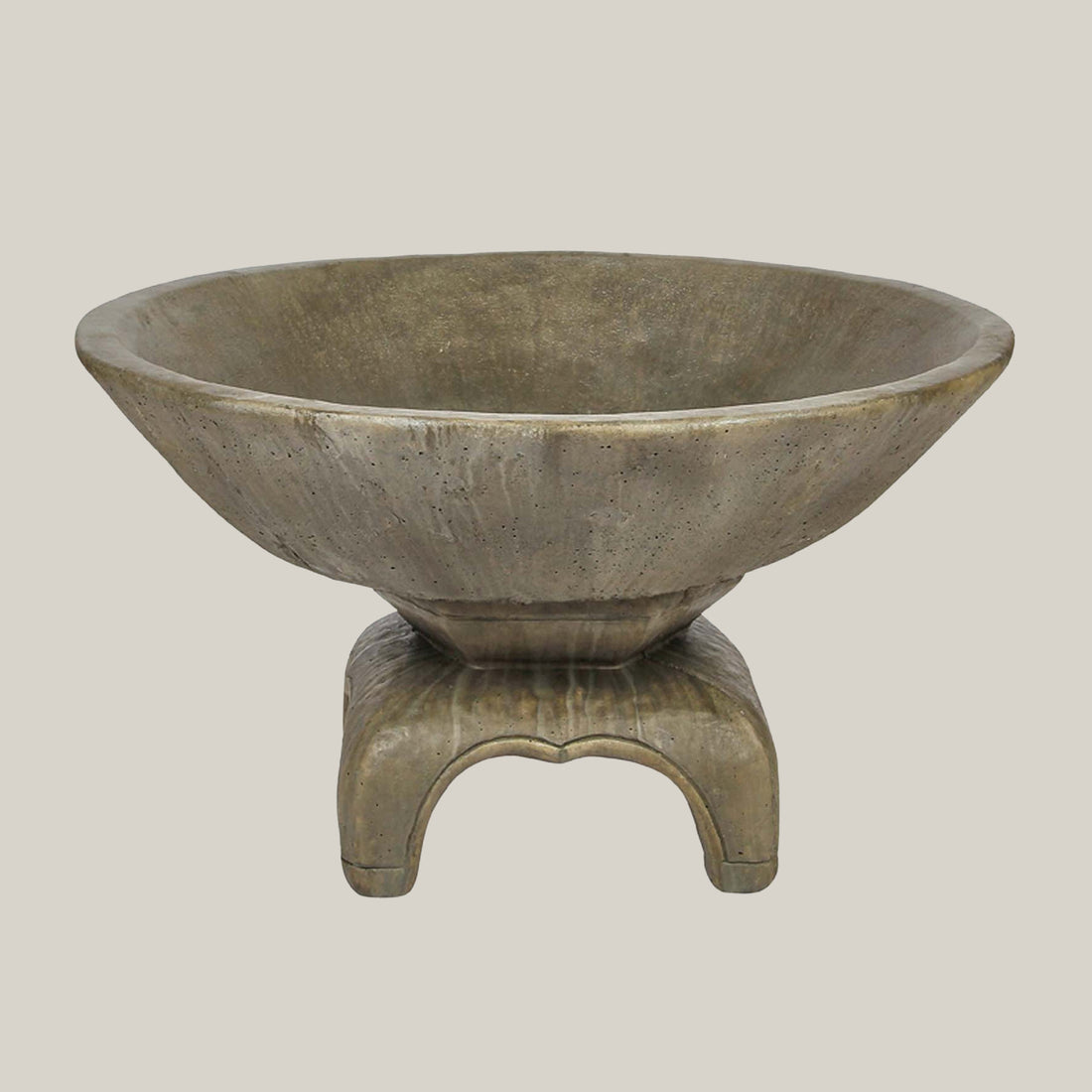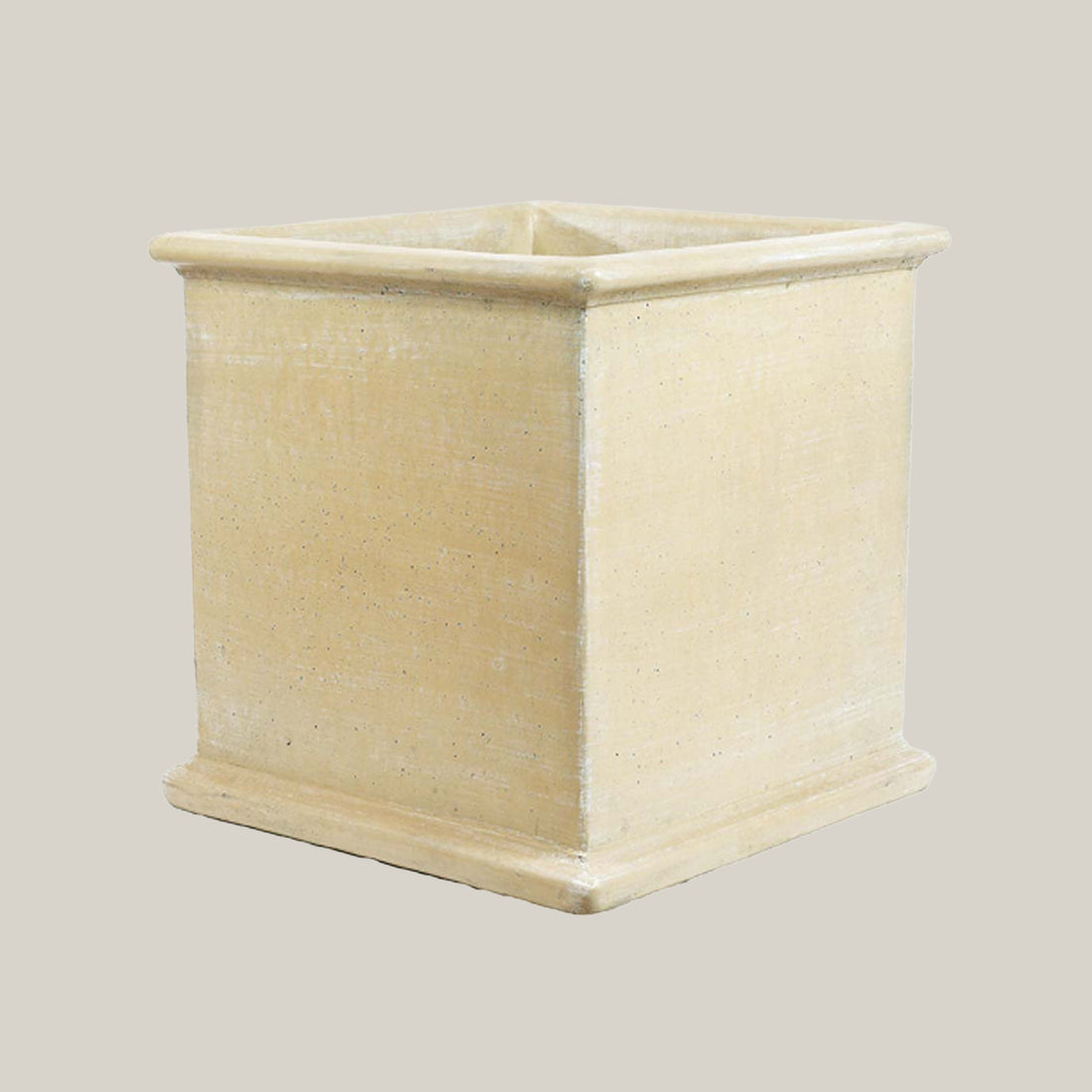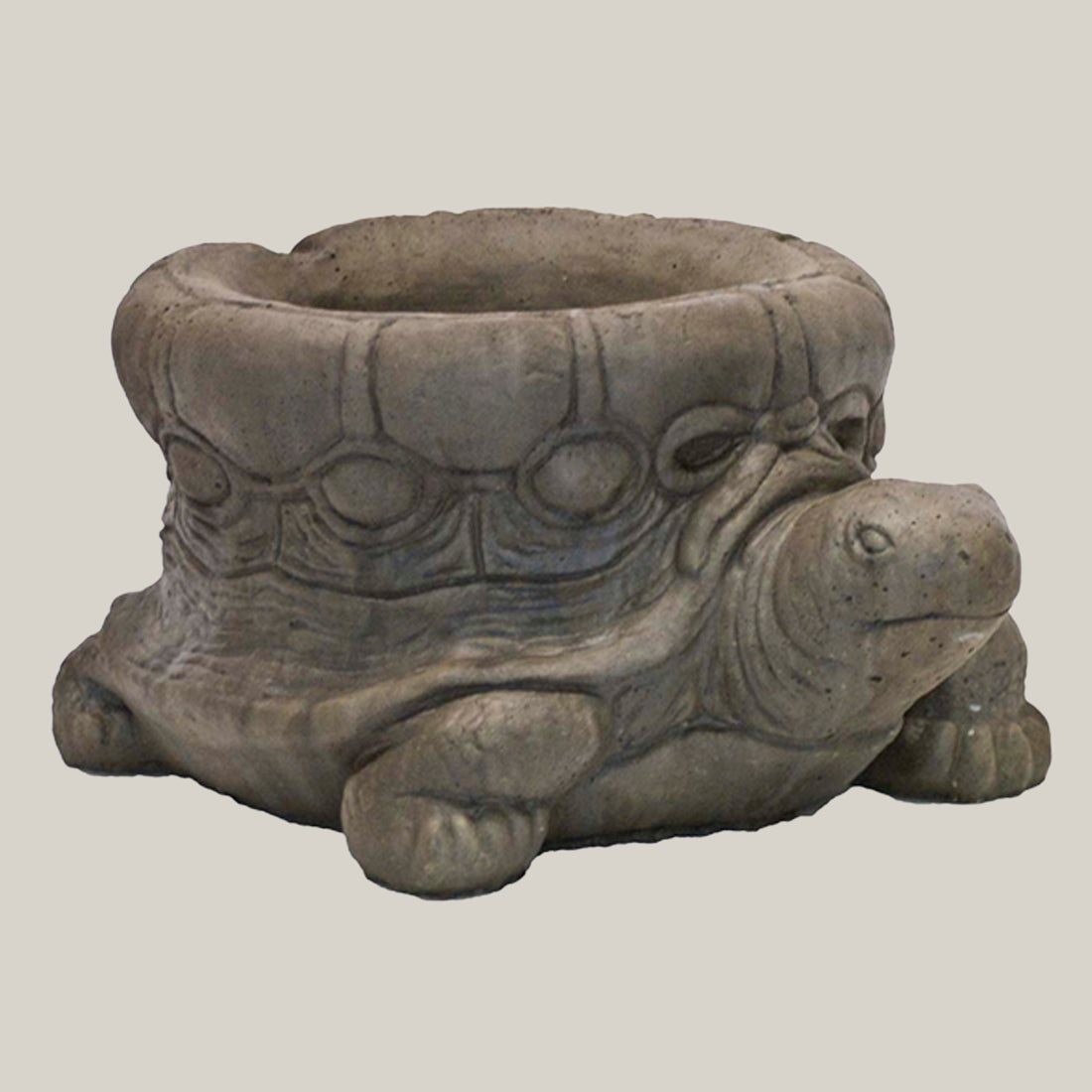What Type of Soil is Best for Growing Plants?
The best potting soil for you depends on what you are planting. Buying soils from your local nursery is typically a mix of three soils. A mixture of multiple soil textures is called loam. According to the Iowa Agricultural Literacy Foundation, most farmers use loam soil. The three materials that comprise loam soil are sand, silt, and clay:
- Sand – has the largest particles and offers exceptionally high drainage. Sand is excellent for succulents. However, plants that need more nutrients will become malnourished when planted solely in sand. The Royal Horticultural Society states that fertilizers may be necessary when planting in sand to make up for this.
- Silt – is also well-draining, but it has smaller particles and stores more nutrients.
- Clay – has the lowest drainage but the most nutrient storage. It is excellent for planting tropicals, annual flowers, and much more.
Overall, the best soil for plants depends on the plant type and their natural environment.
Best Soil for Indoor Plants
For indoor plants, plant owners typically use peat soil. Peat soil is made up of organic matter and holds more moisture than typical soil. For plants in pots, it can provide nutrients that occur in a natural environment. Unfortunately, peat soil isn’t commonly found in the ground aside from specific environments. Nevertheless, it is easy to find peat mix at big-box stores.
Peat soil is excellent for many indoor plants with high moisture needs. On the other hand, some indoor plants, such as snake plants, need high drainage and dry soil. The best soil for snake plants will have sand, silt, or perlite/rocks. A good mix for most indoor plants is one part peat and one part perlite.
Best Soil for Succulents
What soil is best for succulents? Succulents prefer well-draining soil. They are used to desert sand, which has large particles. Therefore, you should pick a sandy soil mix—the more coarse, the better drainage your plant will have.
Three parts peat, three parts coarse sand, and one part perlite is a solid mix for succulents. This will ensure water will flow freely through the soil. Too much water may rot succulents.
What is the Best Soil to Grow Food in?
Fruits and vegetables require loads of nutrients to grow. You will want to use loam soil with high clay content. The more fertilizer and organic matter you supply, the better. When you are buying soil, look for organic on the bag.
A&M AgriLife claims soil for gardening should be moist enough that it crumbles when you squeeze it in your hand. It shouldn’t crack or clump. They also state that you should add 3 inches of organic matter (i.e. leaves and compost) into your soil.
Soil Grown Plants vs Hydroponics
Hydroponics is a modern method of growing plants. This method lacks soil, so it creates less mess and maximizes space in the home. Add fertilizer or other nutrients to the water, and plants will root into the water. The plants can be placed in individual cups or even a pipe system with multiple holes. Some benefits of hydroponic plants, as reported by the UMass Center for Agriculture, Food, and the Environment:
- Lower water usage – every drop of water gets more use because it evaporates more slowly.
- Higher yield – higher crop yields have been reported, probably due to less competition from weeds and a steady stream of nutrients.
- More space – plants can be moved with ease once they grow large, without digging. It allows you to have pot-free herbs and propagations and reserve your lovely ceramic pots for your nicer plants.
The main disadvantage of hydroponics is high energy use. Growing plants in soil is better for the environment in the long run.
Tip: How to Prepare Soil for Plants
Grab a bowl and gloves or a spade. Use your hands to crumble the soil and blend it rigorously. Soil with large particle sand or perlite mixed in thoroughly will have the best drainage.
- Be sure to blend your soil intensely.
- Ensure all organic matter (fertilizer or plant food) you added is under the soil. This makes sure the nutrients are absorbed into the soil.
- After planting, add a thin layer of soil on top.
FAQ: Can you reuse soil for plants?
Soil can technically be reused, although it is strongly discouraged. Bacteria and pests can stay in the soil and infect other plants.
What Pot Are You Putting Your Soil In?
While finding the best soil for plants is important, finding the best pot is too. At Ten Thousand Pots, we have the largest selection of ceramic planters and yard art in Texas. Come see all of the different colors and sizes we offer! We provide free consultations from our team every day. You can reach us at (512) 584-8889 or learn more about the services we provide. Learn more about what we do here.
Related Content:






